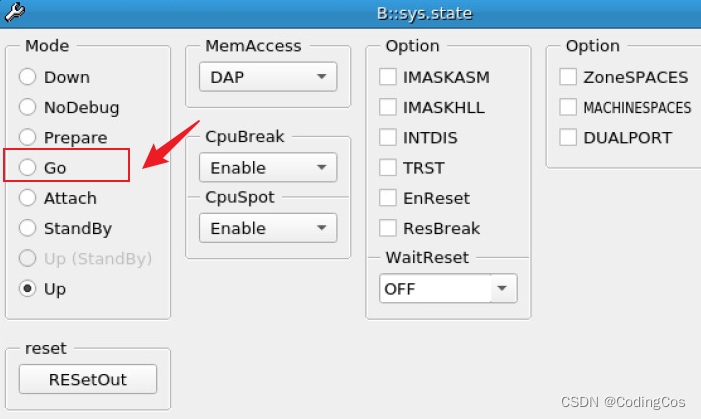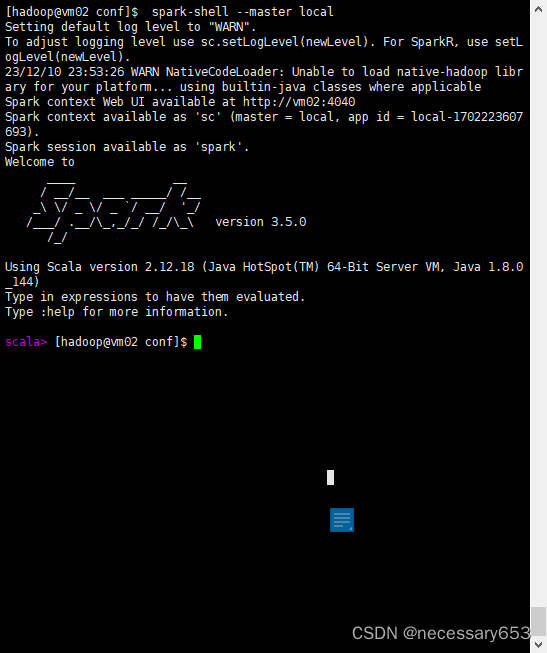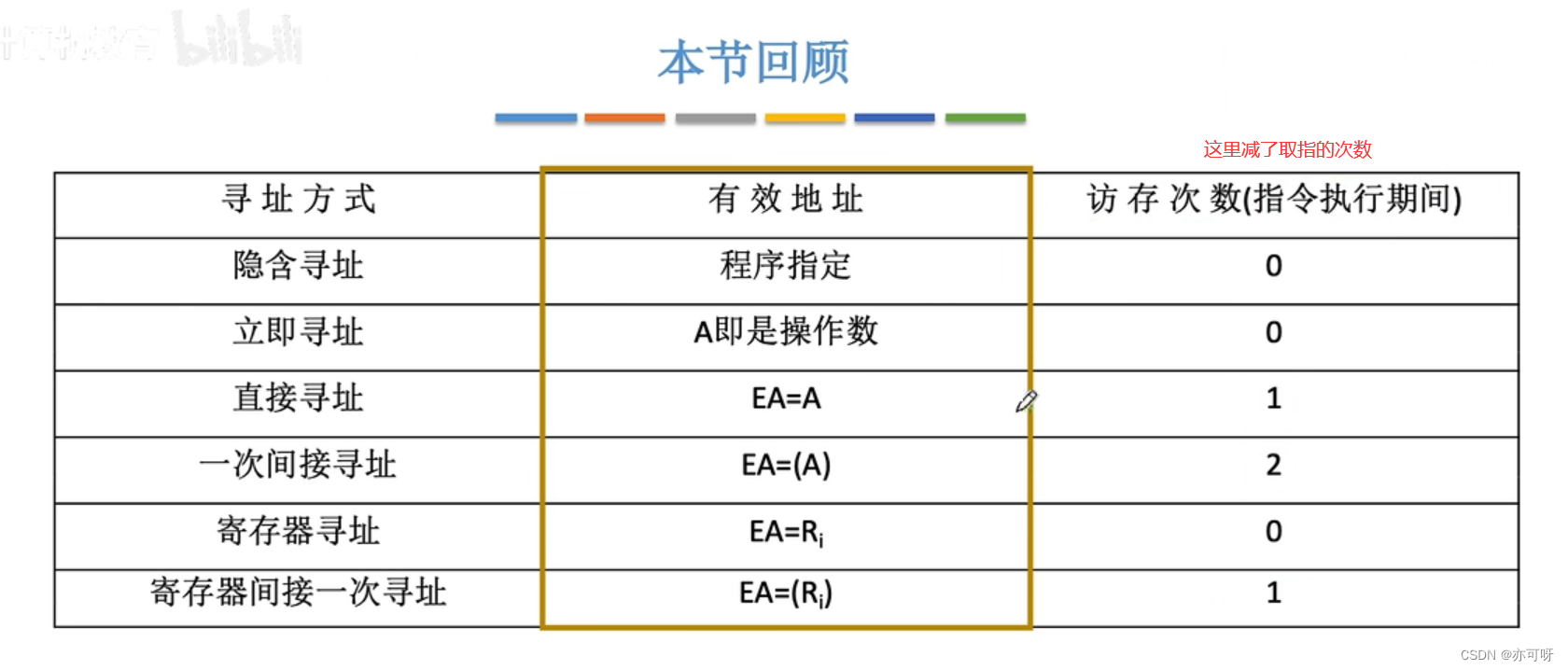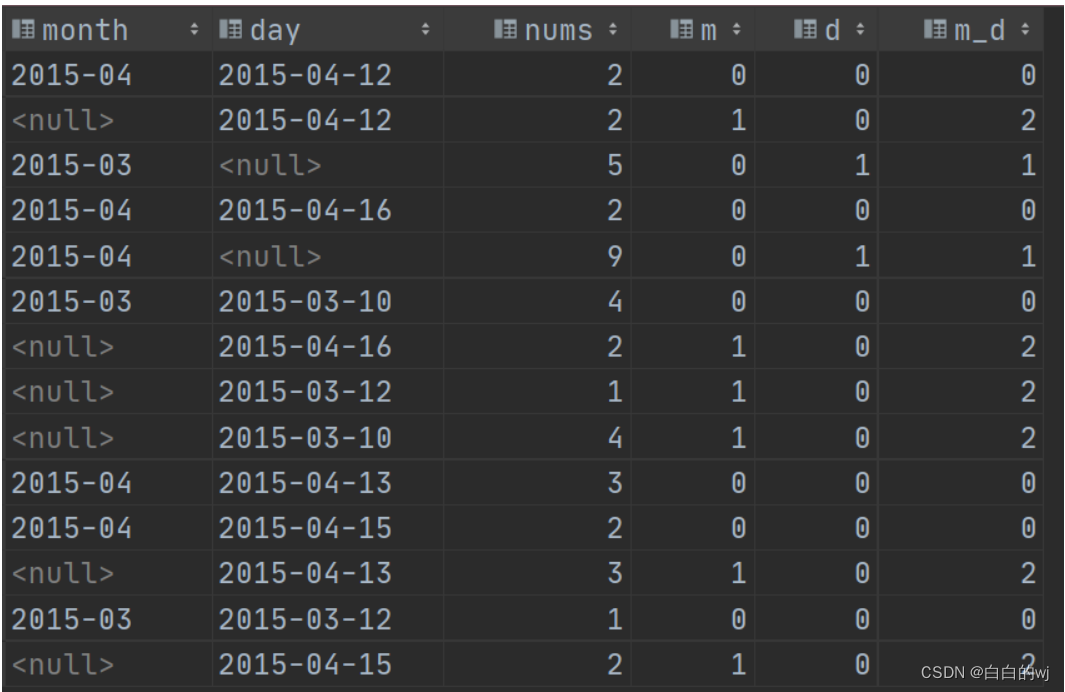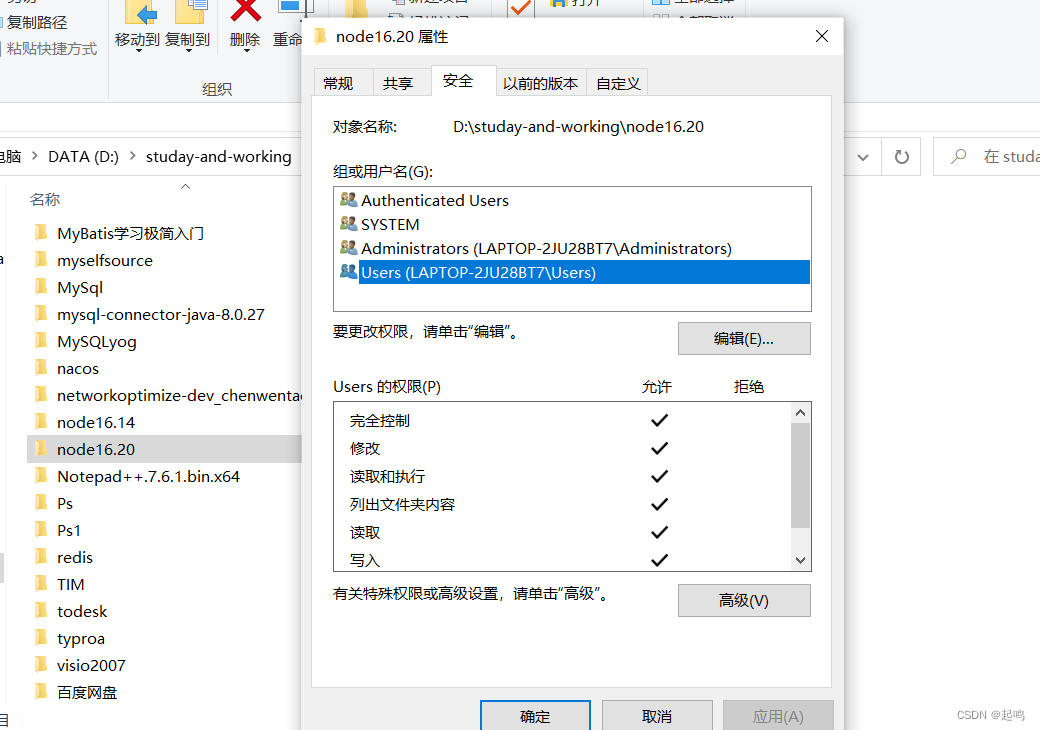文章目录
- ansible
- 配置文件的优先级
- 尝试开始进行操作
- ansible常用模块
- ansible 的playbook
- 示例
- 安装php
- playbook中变量的引用
ansible
yum install -y ansible
测试是否可用 ansible localhost -m ping
/etc/ansible/ansible.cfg :主配置文件,配置 ansible 工作特性
/etc/ansible/hosts :配置主机清单文件
/etc/ansible/roles/ :存放 ansible 角色的目录主配置文件存在 /etc/anible/ansible.cfg
指定特权用户
[privilege_escalation]
become=True
become_method=sudo
become_user=user
become_ask_pass=Falseansible;adhoc;playbook;tasks;Roles;Roles方式编排web集群架构;
配置文件的优先级
1) 最先查找 $ANSIBLE_CONFIG 变量
2) 其次查找当前项目目录下 ansible.cfg
3) 然后查找用户家目录下的 .ansible.cfg
4) 最后查找 /etc/ansible/ansible.cfgInventory 文件主要用来填写被管理主机以及主机组信息;(逻辑上定义);
默认 Inventory 文件为 /etc/ansible/hosts ;
当然也可以自定义一个文件,当执行 ansible 命令时使用 -i 选项指定 Inventory
文件位置;
配置主机清单
[webservers]
172.16.1.7
172.16.1.8 ansible_become=yesansible_become=yes 这个的意思是加上sudo
尝试开始进行操作
ad-hoc执行步骤
1.加载自己的配置文件,默认 /etc/ansible/ansible.cfg ;
2.查找对应的主机配置文件,找到要执行的主机或者组;
3.加载自己对应的模块文件,如 command ;
4.通过 ansible 将模块或命令生成对应的临时 py 文件,并将该文件传输至远
程服务器对应执行用户 $HOME/.ansible/tmp/ansible-tmp-number/XXX.PY ;
5.执行用户家目录的 `` 文件;
6.给文件 +x 执行;
7.执行并返回结果;
8.删除临时 py 文件, sleep 0 退出;使用 ad-hoc 执行一次远程命令,注意观察返回结果的颜色;
绿色: 代表被管理端主机没有被修改
黄色: 代表被管理端主机发现变更
红色: 代表出现了故障,注意查看提示

ansible常用模块
command模块
[root@manger ~]# ansible localhost -m command -a 'chdir=/root
echo $PWD'ansible localhost -m command -a
'creates=/data/file ifconfig eth0'shell 模块
参数 选项 含义
chdir chdir /opt 执行ansible时,切换到指定的目录
creates creates /data/file 如果文件存在,则跳过执行
removes removes /data/file 如果文件存在,则执行
ansible localhost -m shell -a "ifconfig eth0|awk
'NR==2' "scripts 模块ansible webservers -m script -a "/data/yum.sh"copy模块
ansible webservers -m copy -a "src=./httpd.conf
dest=/etc/httpd/conf/httpd.conf owner=root group=root mode=644"file模块ansible webservers -m file -a
"path=/tmp/foo.conf state=touch mode=666"ansible webservers -m file -a "path=/tmp/foo
state=directory mode=777"
ansible webservers -m file -a "path=/tmp/foo
state=directory owner=root group=root mode=777 recurse=yes"等模块,有很多平时用不到,这里做一个大概记录
ansible 的playbook
playbook 是一个 由 yaml 语法编写的文本文件,它由 play 和 task 两部分组
成。
play : 主要定义要操作主机或者主机组
task :主要定义对主机或主机组具体执行的任务,可以是一个任务,也可以是多个
任务(模块)
总结: playbook 是由一个或多个 play 组成,一个 play 可以包含多个 task 任
务。
可以理解为: 使用多个不同的模块来共同完成一件事情。1) playbook 是对 AD-Hoc 的一种编排方式。
2) playbook 可以持久运行,而 Ad-Hoc 只能临时运行。
3) playbook 适合复杂的任务,而 Ad-Hoc 适合做快速简单的任务。
4) playbook 能控制任务执行的先后顺序。语法 描述
缩进 YAML使用固定的缩进风格表示层级结构,每个缩进由两个空格组成, 不能
使用tabs
冒号 以冒号结尾的除外,其他所有冒号后面所有必须有空格。
短横线
表示列表项,使用一个短横杠加一个空格。多个项使用同样的缩进级别
作为同一列表。
示例
$cat installed_httpd.yml
#1.定义play
#2.定义task、(Installed、Configure、Init、Systemd)- hosts: webserverstasks:- name: Installed Httpd Serveryum:name: httpdstate: present- name: Configure Httpd Servercopy:src: ./httpd.conf.j2dest: /etc/httpd/conf/httpd.confowner: "root"group: "root"mode: '0644'backup: yesnotify: Restart Httpd Server- name: Init Httpd Servercopy:src: ./index.html.j2dest: /var/www/html/test.html- name: Systemd Httpd Serversystemd:name: httpdstate: startedenabled: yeshandlers:- name: Restart Httpd Serversystemd:name: httpdstate: restarted上面是用root 用户执行的
下面是用普通用户执行
- hosts: webserversbecome: truebecome_user: roottasks:- name: Installed Httpd Serveryum:name: httpdstate: present- name: Configure Httpd Servercopy:src: ./httpd.conf.j2dest: /etc/httpd/conf/httpd.confowner: "nouser"group: "nouser"mode: '0644'backup: yesnotify: Restart Httpd Server- name: Init Httpd Servercopy:src: ./index.html.j2dest: /var/www/html/test.htmlowner: "nouser"group: "nouser"mode: '0644'- name: Systemd Httpd Serversystemd:name: httpdstate: startedenabled: yeshandlers:- name: Restart Httpd Serversystemd:name: httpdstate: restarted检查语法 :ansible-playbook installed_httpd.yml --
syntax-check执行命令: ansible-playbook installed_httpd.yml
安装php
cat install_nginx_php.yml
#1.安装nginx
#2.安装php
#3.添加nginx虚拟主机,触发重启
#4.配置php,连接redis;触发重启
#5.部署phpadmin;、- hosts: webserversvars:web_site_directory: /ansible/admin2tasks:- name: Installed Nginx PHP Serveryum:name: "{{ item }}"state: presentloop:- nginx- php71w- php71w-cli- php71w-common- php71w-devel- php71w-embedded- php71w-gd- php71w-mcrypt- php71w-mbstring- php71w-pdo- php71w-xml- php71w-fpm- php71w-mysqlnd- php71w-opcache- php71w-pecl-memcached- php71w-pecl-redis- php71w-pecl-mongodbtags: Install- name: Create Nginx Process Runtime Groupgroup:name: wwwgid: 666tags: Install- name: Create Nginx Process Runtime Useruser:name: wwwuid: 666create_home: notags:- Install- Configure- name: Configure Nginx Nginx.confcopy:src: ./conf/nginx.conf.j2dest: /etc/nginx/nginx.confowner: 'root'group: 'root'mode: '0644'notify: Restart Nginx Servertags: Configure- name: Configure Nginx VHosts ansible.oldxu.com;template:src: ./conf/ansible.oldxu.com.conf.j2dest: /etc/nginx/conf.d/ansible.oldxu.com.confnotify: Restart Nginx Server- name: Check Web Configureshell:cmd: /usr/sbin/nginx -tregister: Check_Nginxchanged_when:- Check_Nginx.stdout.find('successful')- false- name: Configure php php.inicopy:src: "{{ item.src }}"dest: "{{ item.dest }}"mode: "{{ item.mode }}"loop:- { src: "./conf/php.ini.j2", dest: "/etc/php.ini" , mode: "0644" }- { src: "./conf/php-fpm.d.www.conf.j2", dest: "/etc/php-fpm.d/www.conf" , mode: "0644" }notify: Restart PHP Server- name: Systemd Nginx And PHP Serversystemd:name: "{{ item }}"state: startedenabled: yesloop:- nginx- php-fpm# download code- name: Create Web Site Directoryfile:path: "{{ web_site_directory }}"state: directoryowner: 'www'group: 'www'mode: '0755'- name: Unarchive Myadmin Codeunarchive:src: file/phpmyadmin.zipdest: "{{ web_site_directory }}"owner: 'www'group: 'www'handlers:- name: Restart Nginx Serversystemd:name: nginxstate: restarted- name: Restart PHP Serversystemd:name: php-fpmstate: restarted
playbook中变量的引用
变量提供了便捷的方式来管理 ansible 项目中的动态值。 比如 nginx-1.12 ,可能
后期会反复的使用到这个版本的值,那么如果将此值设置为变量,后续使用和修改都
将变得非常方便。这样可以简化项目的创建和维护;在 Ansible 中定义变量分为如下三种方式:
1) 通过命令行传递变量参数定义
2) 在play文件中进行定义变量
2.1) 通过vars定义变量
2.2) 通过vars_files定义变量
3) 通过inventory在主机组或单个主机中设置变量
3.1) 通过host_vars对主机进行定义
3.2) 通过group_vars对主机组进行定义vars 形式的变量
- hosts: webserversvars:web_packages: httpdftp_packages: vsftpdtasks:- name: Output Variablesdebug:msg:- "{{ web_packages }}"- "{{ ftp_packages }}"输出结果为"msg": ["httpd","vsftpd"]在 playbook 中使用 vars_files 指定文件作为变量文件,好处就是其他的
playbook 也可以调用;
[root@ansible project1]# cat vars.yml
web_packages: httpd
ftp_packages: vsftpd- hosts: webserversvars_files:- ./vars.ymltasks:- name: Output Variablesdebug:msg:- "{{ web_packages }}"- "{{ ftp_packages }}"playbook 传送多个变量
ansible-playbook f5.yml -i hosts -e
"web_packages=GeoIP" -e "ftp_packages=telnet"









